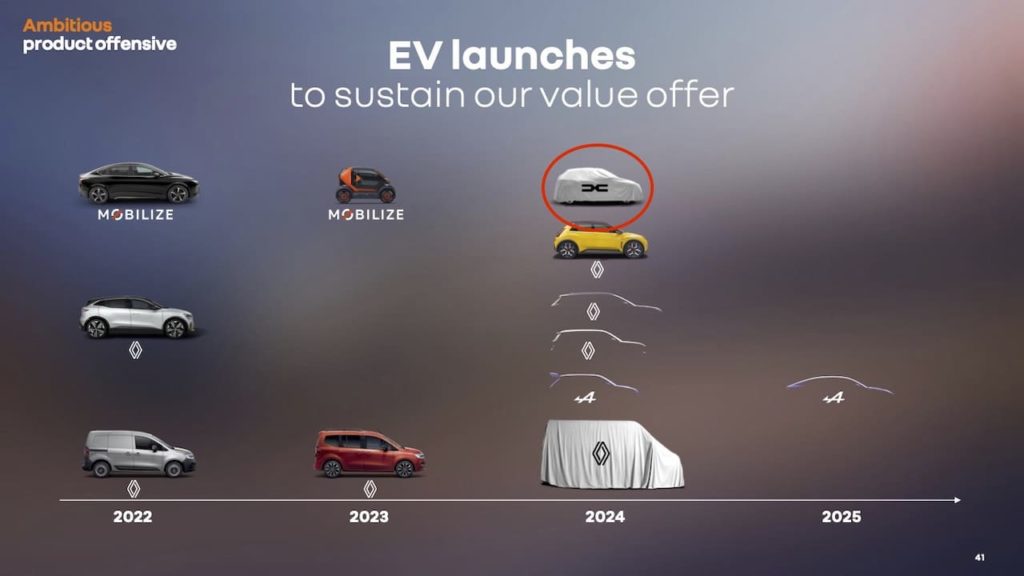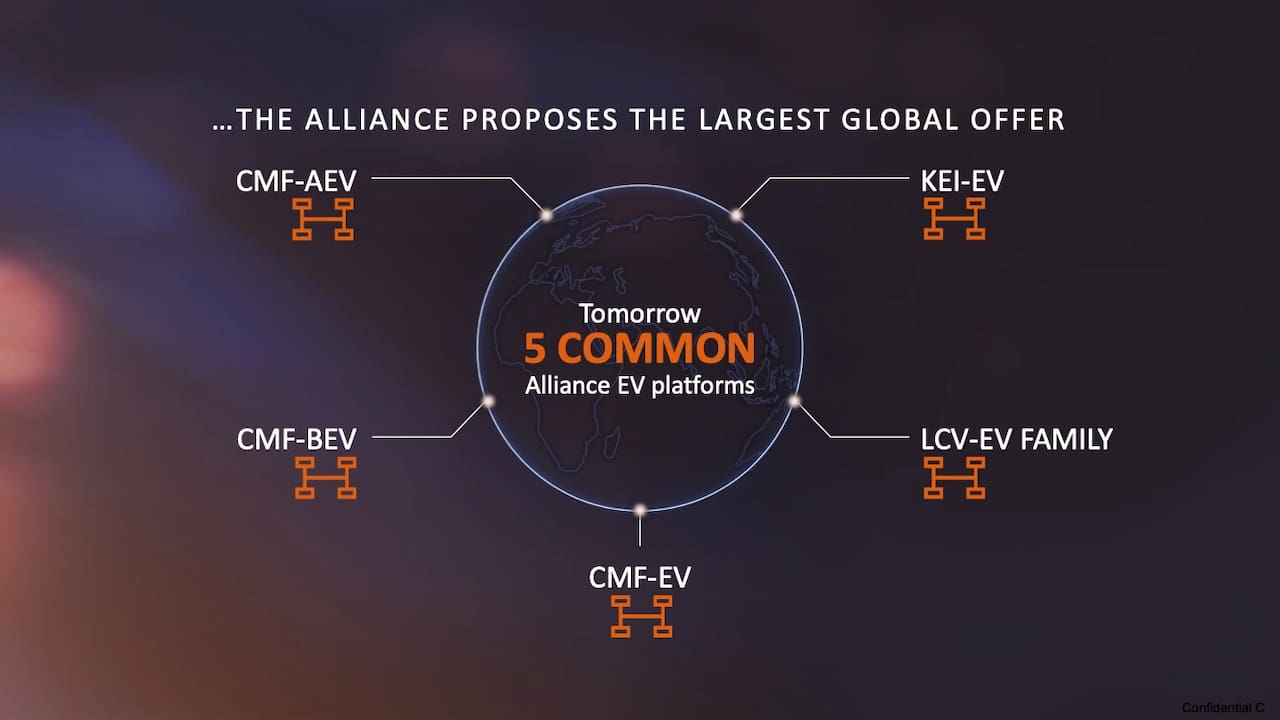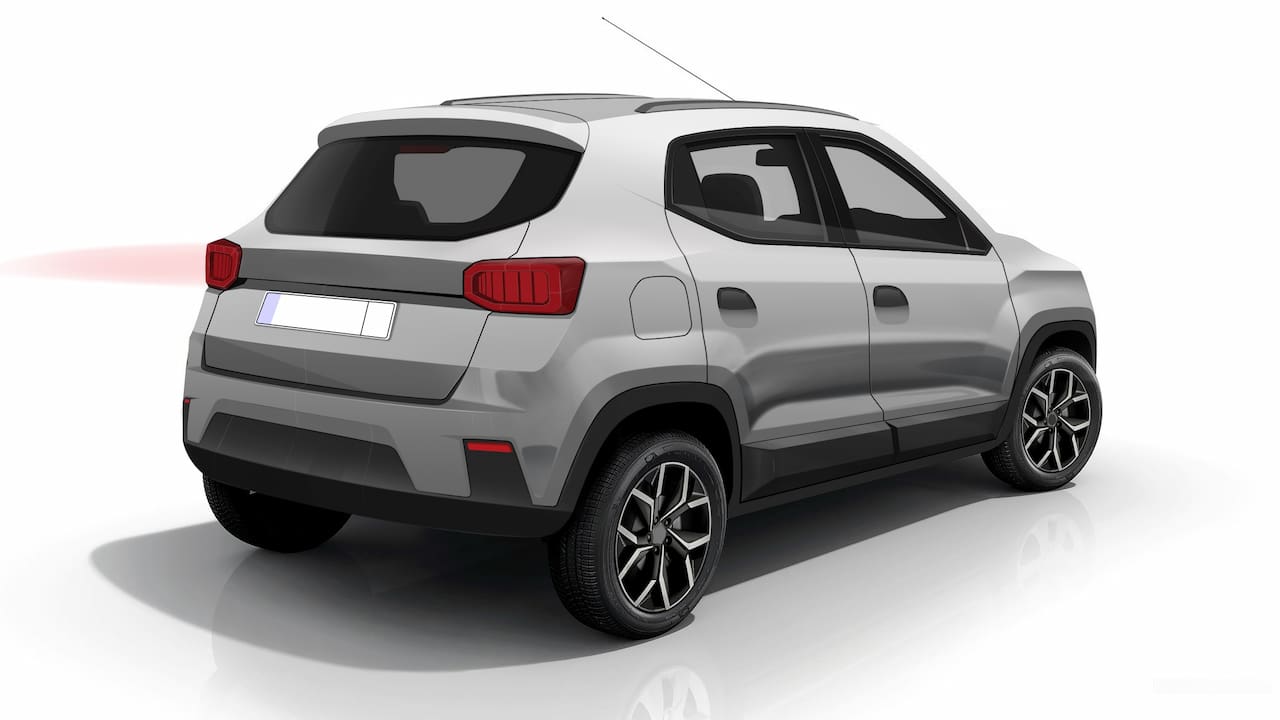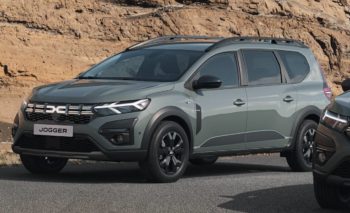The Dacia Spring went on sale just back in March 2021, but the work on the next-gen model has already started. The redesigned city car will arrive in 2024, Renault Group CEO Luca de Meo has confirmed. Here’s everything we know about the 2024 Dacia Spring project so far:
Release Date

At Renault Group’s 2021 Financial Results conference, de Meo revealed that the next-gen Dacia Spring will arrive in 2024. “On the CMF-A, we will bring – and this is a decision we made this year – the successor of the Dacia Spring,” de Meo said while showing the above presentation.
CMF-AEV platform
The Dacia Spring sits on the CMF-AEV platform, and it will continue with it through the second generation. At the Alliance digital conference on 27 January 2022, de Meo said that “CMF-AEV is the most affordable platform in the world.” CMF-AEV is a modified version of the CMF-A, which Renault Group originally designed for ICE A-segment models in emerging markets.
The Spring debuted in 2020 and went on sale in 2021, but its platform is almost seven years old, as the first application dates back to the Renault Kwid. In 2019, it was launched as an EV in China (Renault City K-ZE) which was rebadged for the European market as a Dacia product.


Renault Group expects CMF-AEV to become the world’s most cost-effective and competitive small car platform, de Meo indicated at the 2021 Financial Renaults conference. The company chief finds the adaptation done to the CMF-A platform “pretty spectacular.”
The strong market response is a testimony to the superb execution of the project. In January 2022, the Spring was the highest-selling electric car in France, de Meo said. The French automaker sees the Spring as a gateway to the EV category for a lot of people. So, it would ensure that the pricing remains affordable while preparing the model change.
I think with the CMF-AEV, we’ll probably have the most cost-effective and competitive small car platform on the planet, basically. It comes from the work that was done a few years ago for India and other countries, and the adaptation that was made of this platform to EV is actually pretty spectacular.
Luca de Meo, CEO, Renault Group (2021 Financial Results conference on 18 February 2022)
Next-gen Dacia Spring specifications
Better range
While competitors are mulling over LFP chemistry for entry positions, the Spring should stick to the lithium-ion battery pack. The current model uses a standard 27.4 kWh battery that offers a range of 230 km (143 miles). However, the 2024 Spring could come with a more efficient and bigger battery that provides a range of around 300 km (186 miles), at least as an option.
Quicker charging
The 0-80% SoC DC fast-charging time could be lower than 30 minutes, which would be a considerable upgrade from the current model’s 56 minutes. Other upgrades we expect on the city car is an 11 kW three-phase onboard charger and a quicker 0-62 mph (100 km/h) acceleration. Features like heated seats and auto AC would be welcomed, even if optional.
Improved safety
A bigger emphasis would be on safety, which is a major concern in the EU markets and the UK. The first-gen Spring has received a poor 1-star safety rating from Euro NCAP. Jogger product chief Andreea Guinea had earlier told Autocar that Dacia is “not chasing Euro NCAP stars” and over-specify its cars, which could affect their main USP – affordability. However, the 2024 Dacia Spring should use a more robust body shell for improved protection of the driver and passengers. For reference, the current Spring scored 49% in adult occupant protection, 56% in child occupant protection, 39% in vulnerable road user protection, and 32% in safety assist.
Video Source: YouTube/Euro NCAP
Production
Currently, the Dacia Spring is being “made in China,” and it should stay that way for the foreseeable future. If the demand and potential grow by mid-decade, Renault Group can consider relocating production to a European facility. The three Renault ElectriCity factories in France (Douai, Maubeuge, and Ruitz) will offer an annual EV production capacity of 400,000 units. Dacia has plants in Romania and Morocco (Africa), but these facilities don’t have required the tooling to make a CMF-AEV vehicle.
Featured Image Source: Instagram/alireza_hajatmand_design


![Gen 3 Dacia Duster (2024) to get hybrid, but not an EV [Update]](https://electricvehicleweb.com/wp-content/uploads/2021/06/2023-Dacia-Duster-rendering-350x233.jpg)
![Dacia Bigster three-row SUV – Early 2025 launch expected in the UK [Update]](https://electricvehicleweb.com/wp-content/uploads/2020/11/Dacia-Bigster-Concept-front-fascia-350x233.jpg)